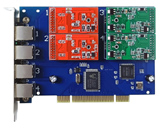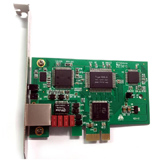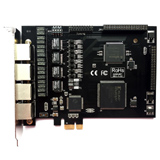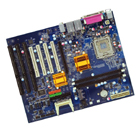
| Index |
||||||||||||||||
About VoIP ImplementationBecause UDP does not provide a mechanism to ensure that data packets are delivered in sequential order, or provide Quality of Service guarantees, VoIP implementations face problems dealing with latency and jitter. This is especially true when satellite circuits are involved, due to long round trip propagation delay (400 milliseconds to 600 milliseconds for geostationary satellite). The receiving node must restructure IP packets that may be out of order, delayed or missing, while ensuring that the audio stream maintains a proper time consistency. This functionality is usually accomplished by means of a jitter buffer. Another challenge is routing VoIP traffic through firewalls and address translators. Private Session Border Controllers are used along with firewalls to enable VoIP calls to and from a protected enterprise network. Skype uses a proprietary protocol to route calls through other Skype peers on the network, allowing it to traverse symmetric NATs and firewalls. Other methods to traverse firewalls involve using protocols such as STUN or ICE.
|
||||||||||||||||





